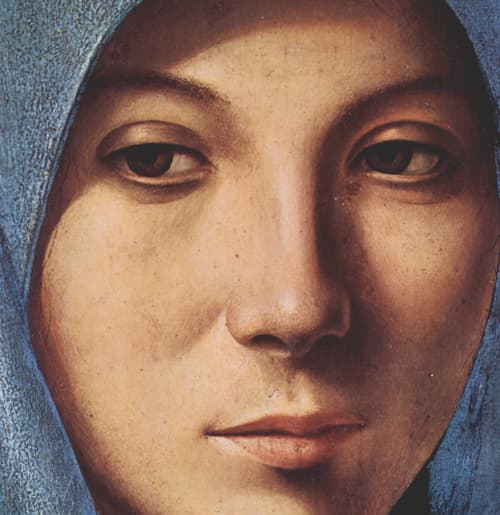Ann Patchett, The Dutch House (Harper, 2019)
Ann Patchett’s latest novel begins like a fairy tale. A wealthy developer, Cyril Conroy, contends with raising two children on his own. They live in the Dutch house, a mansion in the suburbs of Philadelphia he had bought as a surprise for his first wife who, it turned out, did not like it. Another woman eventually takes her place. She falls in love with the house, marries Conroy, yet shortly after his unexpected death, banishes his children.
The siblings, Meave and Danny, who is six years Meave’s junior, bond together over the loss of their mother, their father, and their house. Their affection for each other runs deep. Meave looks after her younger brother whom she loves fiercely and protectively. He reciprocates with steadfast loyalty and trust. After the initial shock of exile from the house of their childhood, the siblings work, study, and eventually build successful careers. Danny marries and raises a family of his own. Danny and Meave regularly drive together to the old neighborhood to look at the house from across the street.
Moving on from the past proves impossible. Brother and sister constantly loop back to the memories of their childhood, trying to piece together their parents’ story, probing the past and trying to heal the present. As Patchett traces their lives over several decades, she subtly orchestrates revelations that gradually fill in the gaps in their story: the reasons for their mother’s leaving, their stepmother’s takeover of the family’s fortune, the drivers pushing Danny into a competitive graduate school. Their lives revolve around the house and the past it symbolizes. The more they seek to escape it, the more they relive it. The narrative morphs from a retelling of Cinderella without the prince, into Hansel and Gretel wandering blindly in the thick wood of loss, anger, and nostalgia.
The Dutch house itself is the central metaphor of the novel. It is a piece of real estate that flaunts the owners' wealth. It is a work of art that delights by its intricate detail, stunning woodwork, lavish ornamentation, secluded window seats, and hidden drawers. It is a keeper of memory. It turns into a prison for those who long to possess it and mourn its loss. It is never a home. Displacement, not progress, animates the trajectory of the siblings’ lives. Uprooted from the past, they constantly circle around it. Meave and Danny’s obsessive return to the house ultimately reveals their longing for the security of home. If fairy tales shape the narratives of their childhood, their adulthood echoes timeless tropes of exile and homecoming.
The story unfolds from Danny’s point of view. The first person narration dramatizes the act of remembering and making sense of both the past and the present. Danny and Meave often remember and judge the past differently. At times, their perspectives clash. Meave nurses unrelenting anger against their stepmother; Danny’s recollections preserve glimpses of gentleness and beauty. Comparing their divergent or incomplete visions of what happened to them as children opens the possibility of reinterpreting the past or correcting the lens through which the siblings perceive their childhood and its ripple effects that follow them into the present. Learning to see, or adjust one’s way of seeing, becomes an important theme of the novel. Instead of turning into a tidy narrative about monsters and victims, in which characters cling rigidly to their accounts of the past, the constant need to revise their perceptions offers them a chance to grow and achieve a reconciliation they never thought possible. When they enter the house again, the ghosts of the past do not disappear, yet the siblings learn to meet them with compassion.
While it is always risky to judge a book by its cover, this first edition of The Dutch House achieves a rare feat through its cover design. The portrait on the book’s dust jacket is an original piece by Noah Saterstrom, Patchett’s friend, who painted it at her request. Like the book, it is poetic, bold, and also pleading. The young woman’s gaze confronts us directly. It evokes a desire to speak and, even more importantly, to be heard. Patchett now owns the original and, yes, the portrait becomes a silent hero, a symbol of ruptures and unexpected continuities in the novel.
To Catholic readers, one part of the story remains unresolved. The Conroys practice, then abandon their faith. Although Catholicism remains an important undercurrent in the book, Patchett, herself a Catholic, never seems to allow her characters the possibility of returning to, let alone deepening, their religious faith. Patchett’s attitude toward Catholicism oscillates between an attachment to its rituals and admiration for its good works, but does not seem to consider the reality of conversion that gives meaning to external expressions of faith.
That said, The Dutch House weaves a moving tapestry around childhood, coming of age, and dying. Written in elegant prose, it does not bog the reader down in exotic turns of phrase or arcane references. As it navigates a tangle of painful memories, it tells an important story with empathetic clarity.
Justyna Braun holds a PhD in comparative literature from Rutgers University. From 2001 to 2011, she was a member of the English Department at Franciscan University of Steubenville. She currently teaches literature and philosophy at Chesterton Academy of Buffalo, New York.
